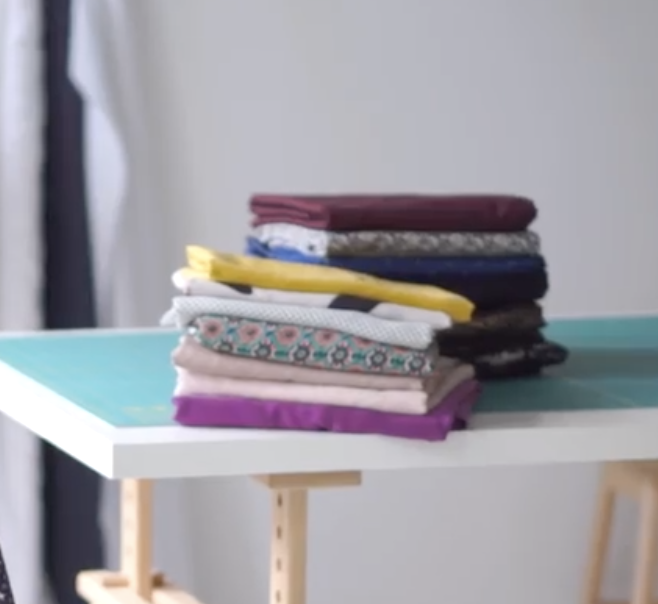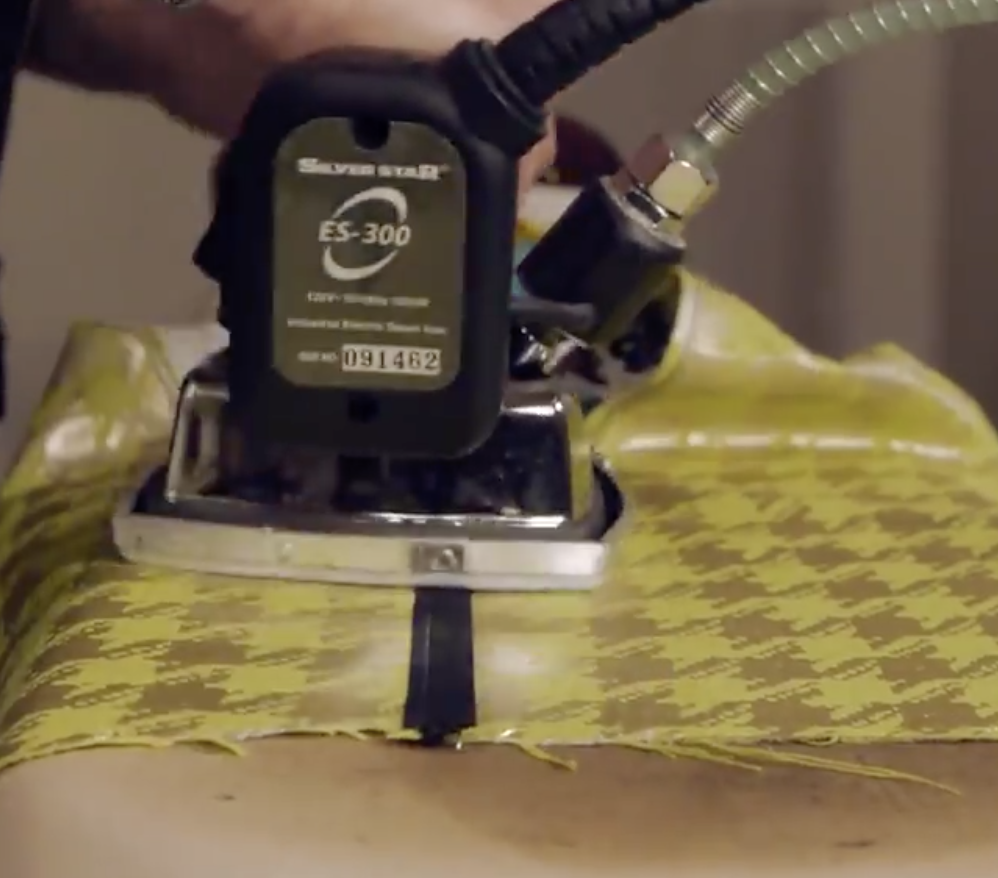15 Types of Fabric and What To Use Each For | Skillshare Blog
Whether you’re a conscious shopper or you want to take your fashion design skills to a new level, it’s smart to get familiar with different fabric types. Each is best suited to different items: the fabric for sports apparel is different from those used for high fashion, both in the way they look and for their other qualities.
Want to learn more? Read on for a fabric definition, 15 different types of fabric you need to know about, and what to use each for.
Mục lục
What Is Fabric?
There’s a huge range of fabric types.
First, what is fabric? The first question should actually be, what is cloth—because Merriam-Webster’s fabric definition is “a material resembling cloth”! The dictionary defines cloth as “a pliable material made usually by weaving, felting, or knitting natural or synthetic fibers and filaments.”
Essentially, fabric is a material made of fibers that is used to make items such as clothing, shoes, bags, and homewares like bedsheets, cushions, and towels. It can be thick or thin, rough or smooth, heavy or lightweight; the qualities of different types of fabric depend on what it’s made from.

Learn More About Sewing Fabrics
The Beginner’s Guide to Fashion Fabrics: Wovens
Take the Class
15 Different Types of Fabric and How to Use Them
1. Cotton
A natural fabric made from fibers from the cotton plant, cotton is soft, breathable, and washable. It’s a favorite for many items, including clothing and household goods, and is also one of the best sewing materials for beginners. Organic and recycled cotton are more sustainable, environmentally friendly versions of this fabric.
2. Linen
Source: Instagram
Linen is one of the most environmentally sustainable fabric types.
Linen is another natural fabric, made from the flax plant. It tends to be more expensive than cotton, but it’s stronger and likely to last longer. It’s also more environmentally sustainable to produce. Linen is often used to make summer clothing and bedsheets.
3. Muslin
Source: Instagram
Muslin is often used to make baby blankets and cloths.
Muslin is a type of plain-weave cotton fabric. It’s soft and light, so it’s often used to make baby blankets as well as summer clothing. It’s also sometimes called cheesecloth as it’s used in some traditional cheesemaking.
4. Wool
Wool is a natural fabric made from animal hairs. Sheep’s wool is perhaps the most well-known, but alpaca, yak, and goat wool are also common. Wool is usually warm, strong, breathable, and moisture-wicking, though it can be a bit itchy. You may have also heard of broadcloth. What is broadcloth? It’s a thick velvet-like fabric made from wool.
5. Silk
One of the most luxurious high-fashion fabrics, silk is made from fibers produced by the silkworm. It’s relatively expensive as a sewing material, so it’s often used to make high-end dresses, skirts, and blouses. It’s smooth, shiny, fine, and quite delicate.
6. Satin
Source: Instagram
Satin is a soft, smooth fabric used to make some sleepwear.
Satin is actually a fabric weave rather than a type of fabric itself; other natural or artificial fibers are spun to produce a very glossy, smooth finish. Satin is often used to make glamorous items like evening gowns, bridal wear, and lingerie or sleepwear.
7. Polyester
Polyester is a synthetic fabric that’s essentially a type of plastic. It’s commonly used to make clothes and home furnishings as it’s strong and stain-resistant, won’t shrink or stretch easily, and is easy to care for. It’s not very breathable alone but is often mixed with cotton for clothing.
8. Rayon
Source: Instagram
Rayon is one of the types of fabric material often used to make summer clothes.
Rayon, a semi-synthetic fabric that’s made from fibers from wood pulp, was invented as an affordable alternative to silk. Viscose and modal are types of cloth related to rayon. They’re all soft and breathable and drape well, but they’re not particularly durable.
9. Leather
Here’s one of the types of fabric material with a difference: Leather isn’t made from fiber but from the hide of an animal (like cows, sheep, pigs, goats) that’s treated with chemicals to soften and strengthen it. Shoes, bags, jackets, purses, and other accessories are commonly made out of leather, as it’s strong and waterproof. Suede is a type of leather made from the underside of the animal hide, and it’s soft but not water-resistant. Vegan, or artificial, leather is also available and is often made from PVC.
10. PVC
Source: Instagram
PVC isn’t usually considered among the high-fashion fabrics.
PVC (polyvinyl chloride) is a type of plastic that can be used to make clothing, particularly shiny and waterproof clothing and costumes. Vegan leather is often made from PVC.
11. Lace
A delicate, decorative fabric made by hand or machine, lace has a web-like construct and includes designs such as flowers, butterflies, and abstract patterns. Traditionally, handmade lace was used to trim sleeves, collars, and handkerchiefs. Machine lace is often used for lingerie these days.
12. Bamboo
Made from the fibers of the bamboo plant, bamboo fabric is good for clothing worn near the skin because it’s hypoallergenic, insulating, and soft. It’s also absorbent and antibacterial, as well as one of the more environmentally friendly fabrics.
13. Spandex
You may know of spandex as Lycra—that’s a brand name. Spandex is incredibly stretchy, so it’s often used to make figure-hugging clothing like sportswear and underwear (though the latter is often mixed with cotton).
14. Velvet
Velvet is a soft, thick, luxurious fabric made with tufted fibers. Jackets and evening gowns are the most common types of clothing made from velvet; it’s also used to make furniture, curtains, and cushions.
15. Hemp
Hemp is a natural fabric made from fibers of the hemp plant. It’s commonly used for industrial purposes, like sacks, ropes, and sails, as it’s tough and durable. It can also be made into clothing, usually when mixed with another fabric like cotton, to make it softer and more comfortable.

Picked Your Fabric? Now Make it into Clothes!
Make Your Own Clothing: Introduction to Garment Construction
Take the Class






